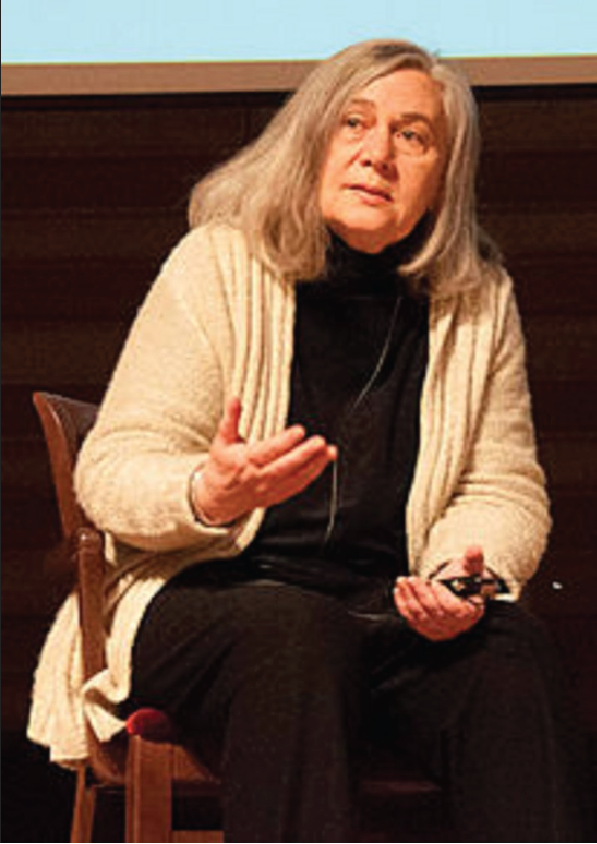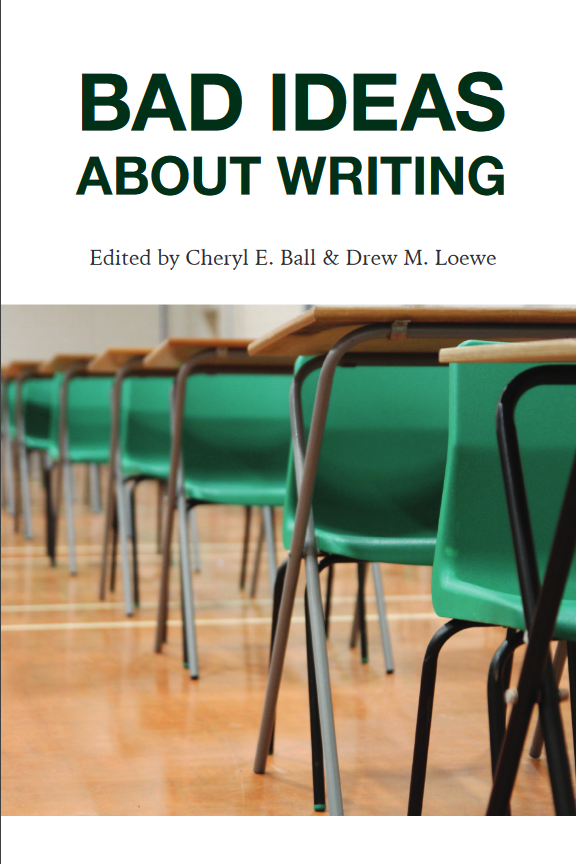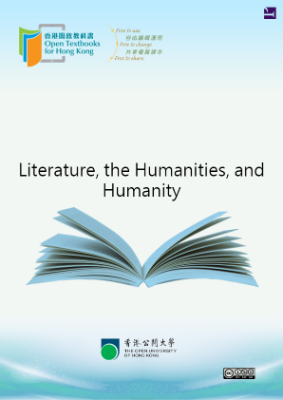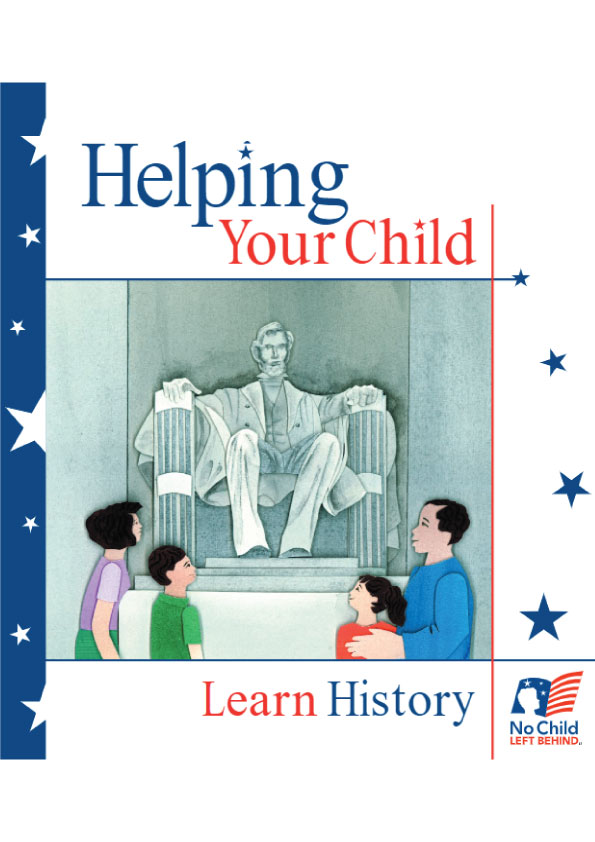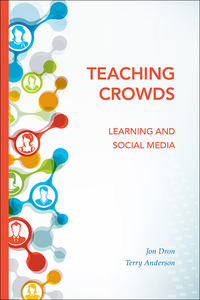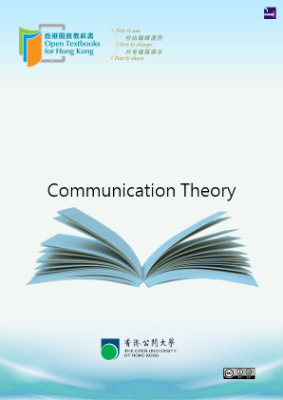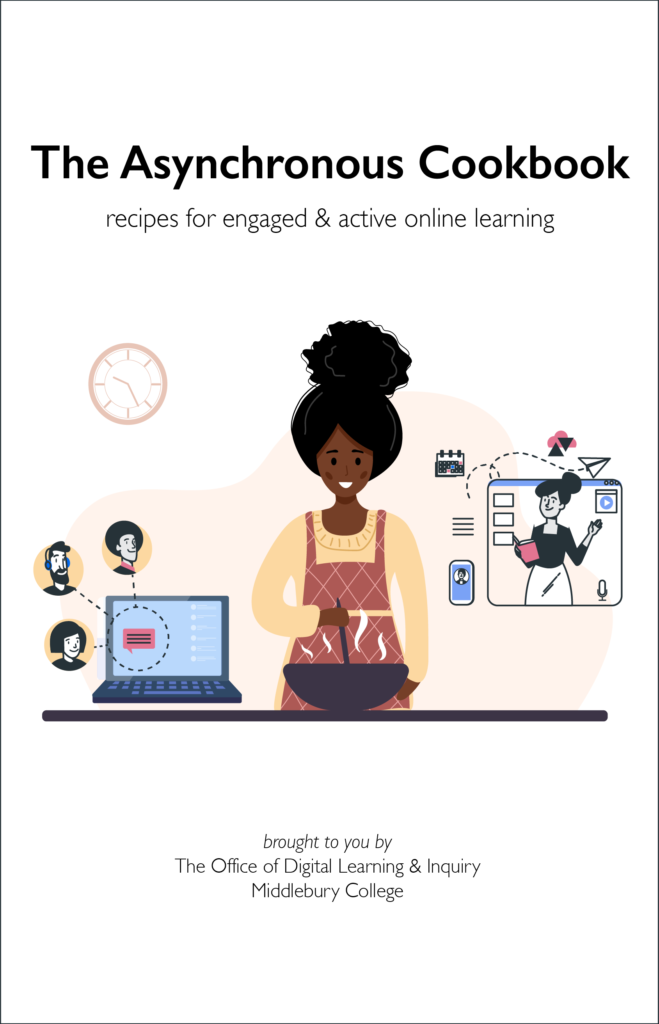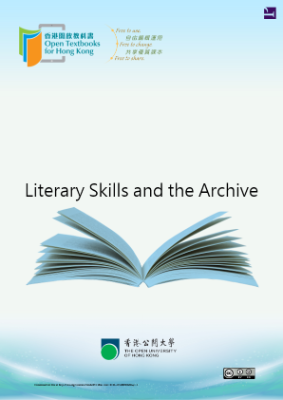In “Extending the American Range: Marilynne Robinson’s Housekeeping,” Martha Ravitts examines the novel’s relation to the canon of classic American literature, defining the ways in which Robinson draws upon and augments many of the central themes in classic American fiction. Like others, Ravitts notes the many echoes of and allusions to earlier American writers in Housekeeping. However, she emphasizes the chief difference between Robinson’s novel and the work of her predecessors. While there are numerous American novels that trace the efforts of a young male protagonist to define himself by escaping the constraints of society, Robinson is among the few contemporary women writers to adapt so successfully this familiar narrative structure to the story of a young woman’s quest for identity. “In forging a bildungsroman about a female protagonist,” Ravitts writes, “Robinson brings a new perspective to bear on the dominant American myth about the developing individual freed from social constraints” (644). In the classic American novel of development, the hero typically must forge his identity by turning away from the feminizing influences of society and entering into a wilderness that tests his courage and his ingenuity. Often the hero is accompanied by a companion who becomes both an ally and a surrogate father on this quest for identity. One thinks of Natty Bumpo and Chingachook in The Last of the Mohicans, Ishmael and Queequag in Moby Dick, Huck and Jim in Adventures of Huckleberry Finn, or Ike McCaslin and the aptly named Sam Fathers in “The Bear.” In Housekeeping, as Ravitts notes, Robinson shifts the focus of this classic American myth from the male to the female protagonist and from the father-son to the mother-daughter relationship:
Ruth’s quest focuses long overdue attention on the individual’s resolution of feelings about the bond to the mother as the primary, requisite step in the ascension to selfhood. For the maturing female hero, it is the mother—missing, absent, but always present to the child’s imagination—who is the key to reality, in Whitman’s term, ‘the clef of the universes’ (649). Martha Ravitts is one of many readers who regard Housekeeping from a feminist perspective. In an essay published in the South Atlantic Review in 1991, for instance, Maureen Ryan has described the novel’s narrator Ruth as a “new American Eve,” noting that at the end of Housekeeping Ruth and Sylvie follow the examples of their literary predecessors–Huck and Jim, Ismael and Queequag—by turning their back on society, or ‘sivilization,” to quote Twain’s young hero—but unlike their male counterparts, Ruth and Sylvie do not abandon one another. Instead, as Ryan observes, “Their flight from the . . . world of normalcy is an affirmation of female solidarity” (85). In yet another essay on the novel from 1990, Dana A. Heller claims that “through a reworking of the ‘lighting out’ motif that invokes elements of feminist literary and psychoanalytic theory, Robinson’s novel explores new images of female selfhood and new modes of female social involvement” (94).
And, as the list of further readings included at the end of this collection of essays indicates, there are many other critics who have read Robinson’s novels through the lenses of feminist and psychoanalytic theory. But not all such writers agree that Housekeeping is a feminist novel. In an essay published in Genders in 1990, for instance, Sian Mile has argued that in her portrayal of Ruth and Sylvie, and the disembodied forms of subjectivity they represent, Robinson’s novel runs counter to one of the dominant trends of contemporary feminist criticism, namely, the reclaiming of the female body from the phallocentric designs of patriarchy. According to Mile, Robinson’s novel “does not reclaim but writes off the female Body . . ., the material world, and the sexual self as useless in the process of defining a woman’s subjecthood” (129).
